Intro
Discover 5 effective ways to treat strain, including muscle relaxation, physical therapy, and pain management, to alleviate muscle strain, tendon strain, and ligament strain symptoms.
Treating strains is a common concern for many individuals, regardless of their age or physical activity level. Strains can occur due to a variety of reasons, including overstretching or tearing of muscles, tendons, or ligaments. The treatment of strains is crucial to alleviate pain, reduce inflammation, and promote healing. In this article, we will explore the importance of treating strains and discuss various methods to treat them.
Strains can be debilitating and affect an individual's daily life. They can limit mobility, cause pain, and reduce productivity. Therefore, it is essential to seek treatment as soon as possible. Delaying treatment can lead to further complications, such as chronic pain, limited range of motion, and increased risk of re-injury. Moreover, treating strains promptly can help prevent long-term damage and reduce the risk of developing conditions like arthritis or tendonitis.
The treatment of strains depends on the severity of the injury. Mild strains may require only rest, ice, compression, and elevation, while more severe strains may require medical attention, physical therapy, or even surgery. It is crucial to consult a healthcare professional to determine the best course of treatment for a specific strain. A healthcare professional can assess the injury, provide a diagnosis, and develop a personalized treatment plan.
Treatment Options for Strains
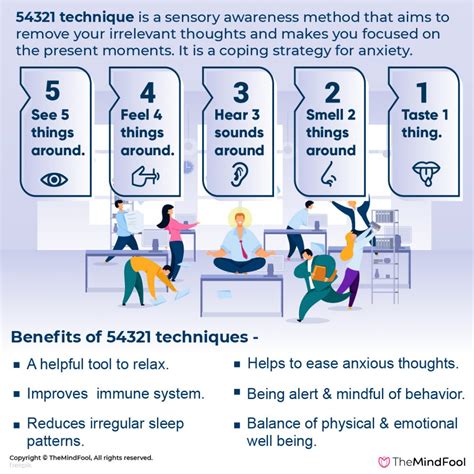
There are several treatment options available for strains, including physical therapy, medication, and alternative therapies. Physical therapy can help improve range of motion, strength, and flexibility. Medications, such as pain relievers and anti-inflammatory drugs, can help alleviate pain and reduce inflammation. Alternative therapies, such as acupuncture and massage, can promote healing and relaxation.
Physical Therapy for Strains
Physical therapy is a common treatment option for strains. A physical therapist can develop a personalized exercise program to improve range of motion, strength, and flexibility. Physical therapy can also help reduce pain and inflammation, promote healing, and prevent further injury. Some common physical therapy exercises for strains include stretching, strengthening, and proprioception exercises.Medications for Strains
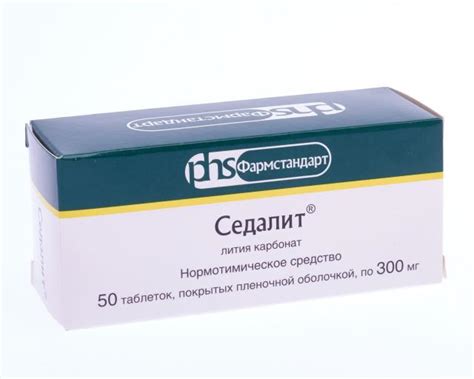
Medications can help alleviate pain and reduce inflammation associated with strains. Over-the-counter pain relievers, such as acetaminophen and ibuprofen, can help manage pain and inflammation. Prescription medications, such as muscle relaxants and corticosteroids, may be necessary for more severe strains. It is essential to consult a healthcare professional before taking any medication to ensure safe and effective treatment.
Alternative Therapies for Strains
Alternative therapies, such as acupuncture and massage, can promote healing and relaxation. Acupuncture involves the insertion of thin needles into specific points on the body to stimulate healing and reduce pain. Massage can help improve circulation, reduce muscle tension, and promote relaxation. Other alternative therapies, such as chiropractic care and herbal supplements, may also be beneficial in treating strains.Prevention of Strains
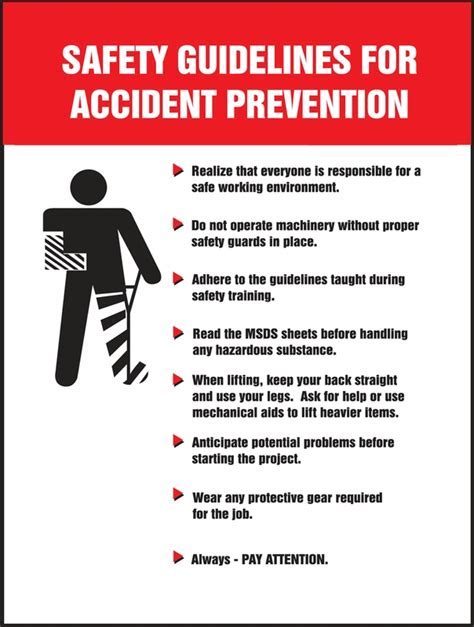
Preventing strains is crucial to avoid injuries and reduce the risk of long-term damage. There are several ways to prevent strains, including warming up before exercise, stretching regularly, and using proper equipment. Warming up before exercise can help improve flexibility and reduce the risk of injury. Stretching regularly can help improve range of motion and reduce muscle tension. Using proper equipment, such as supportive shoes and orthotics, can help reduce the risk of injury and improve overall performance.
Ways to Prevent Strains
Here are some ways to prevent strains: * Warm up before exercise * Stretch regularly * Use proper equipment * Strengthen core muscles * Improve flexibility and range of motionTreatment of Severe Strains
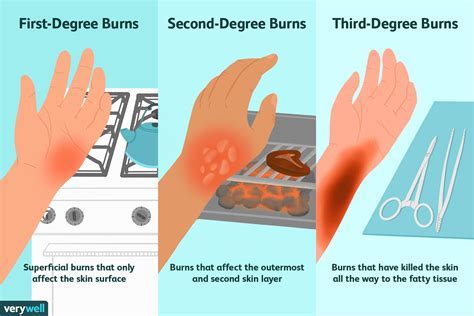
Severe strains may require medical attention, physical therapy, or even surgery. Medical attention is necessary to assess the injury, provide a diagnosis, and develop a personalized treatment plan. Physical therapy can help improve range of motion, strength, and flexibility. Surgery may be necessary to repair torn muscles, tendons, or ligaments.
Surgical Treatment of Strains
Surgical treatment of strains is usually reserved for severe injuries that do not respond to conservative treatment. Surgery can help repair torn muscles, tendons, or ligaments, and improve overall function. However, surgery is usually a last resort and is only considered when other treatment options have failed.Rehabilitation after Strain Injury
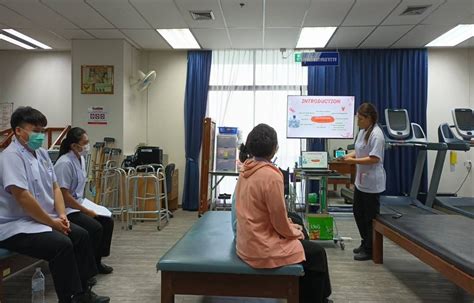
Rehabilitation after a strain injury is crucial to promote healing, improve range of motion, and prevent further injury. Rehabilitation typically involves a combination of physical therapy, medication, and alternative therapies. Physical therapy can help improve range of motion, strength, and flexibility. Medications can help alleviate pain and reduce inflammation. Alternative therapies, such as acupuncture and massage, can promote healing and relaxation.
Rehabilitation Exercises
Rehabilitation exercises are an essential part of the rehabilitation process. These exercises can help improve range of motion, strength, and flexibility. Some common rehabilitation exercises for strains include: * Stretching exercises * Strengthening exercises * Proprioception exercises * Balance exercisesCommon Strain Injuries

There are several common strain injuries that can occur, including hamstring strains, quadriceps strains, and calf strains. Hamstring strains occur when the muscles in the back of the thigh are stretched or torn. Quadriceps strains occur when the muscles in the front of the thigh are stretched or torn. Calf strains occur when the muscles in the lower leg are stretched or torn.
Prevention of Common Strain Injuries
Preventing common strain injuries is crucial to avoid injuries and reduce the risk of long-term damage. There are several ways to prevent common strain injuries, including: * Warming up before exercise * Stretching regularly * Using proper equipment * Strengthening core muscles * Improving flexibility and range of motionStrain Injury Treatment at Home

Treating strain injuries at home is possible with the right techniques and equipment. The RICE principle (rest, ice, compression, and elevation) is a common method used to treat strain injuries at home. Resting the affected area can help reduce pain and inflammation. Applying ice can help reduce pain and inflammation. Compressing the affected area can help reduce swelling. Elevating the affected area can help reduce swelling and promote healing.
Home Remedies for Strain Injuries
There are several home remedies that can help treat strain injuries, including: * Applying heat or cold packs * Using topical creams or ointments * Taking over-the-counter pain relievers * Using compression bandages * Elevating the affected areaWhat is the best way to treat a strain injury?
+The best way to treat a strain injury is to use the RICE principle (rest, ice, compression, and elevation) and seek medical attention if the injury is severe.
How long does it take to recover from a strain injury?
+The recovery time for a strain injury depends on the severity of the injury and can range from a few days to several weeks or even months.
Can I prevent strain injuries?
+Yes, you can prevent strain injuries by warming up before exercise, stretching regularly, using proper equipment, strengthening core muscles, and improving flexibility and range of motion.
In conclusion, treating strains is crucial to alleviate pain, reduce inflammation, and promote healing. There are several treatment options available, including physical therapy, medication, and alternative therapies. Preventing strains is also essential to avoid injuries and reduce the risk of long-term damage. By following the tips and techniques outlined in this article, you can reduce your risk of strain injuries and promote overall health and well-being. We invite you to share your thoughts and experiences on treating strains in the comments section below. Additionally, please share this article with others who may benefit from this information.
